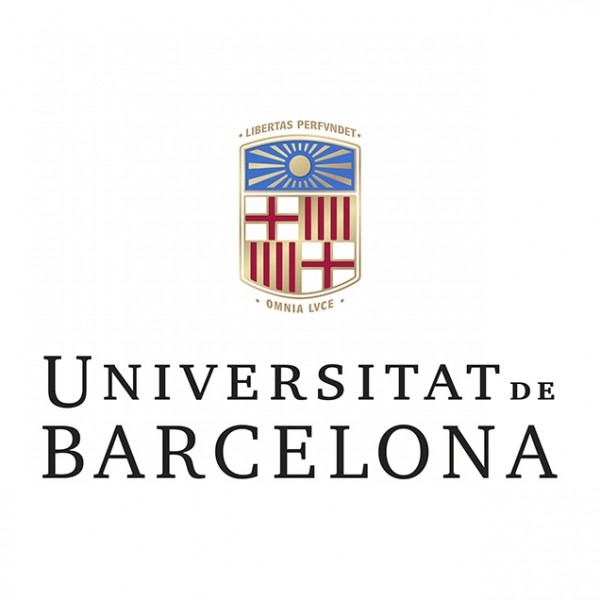ICCUB Seminar: “Hunting for black holes and dark matter with globular clústers” [NOT TRANSLATED]

Globular clusters (GCs) contribute to astrophysics on a wide range of scales: from early Universe cosmology to the formation and evolution of galaxies. The historic first detection of gravitational waves (GWs) from merging BHs by LIGO led to the suggestion that dynamical interactions in the cores of GCs may be one of the prime production channels of BH mergers. We do not know, however, whether BHs are ubiquitous in GCs, or not.
Establishing this empirically is challenging, because accreting BHs are rare. We have developed a method to dynamically infer the presence of a stellar-mass BH population in GCs. GCs evolve towards a state of equipartition on a timescale that is shorter than their age, and we use this in multicomponent dynamical models to describe the phase-space properties of stars in a GC that contains BHs.
Using multimass models, combined with evolutionary N-body models, we find signatures of a population of 100s of stellar-mass BHs in the Galactic GC NGC 6101 and show that the signal previously ascribed to an intermediate-mass black hole (IMBH) in Omega Cen can equally well be explained by stellar-mass BHs.
Finally, we discuss how data from the ESA-Gaia mission will break the degeneracy between the signal of BHs and velocity anisotropy and can be used to get independent measures of the Galactic dark matter distribution from the properties of stars in the outskirts of GCs. [NOT TRANSLATED]
